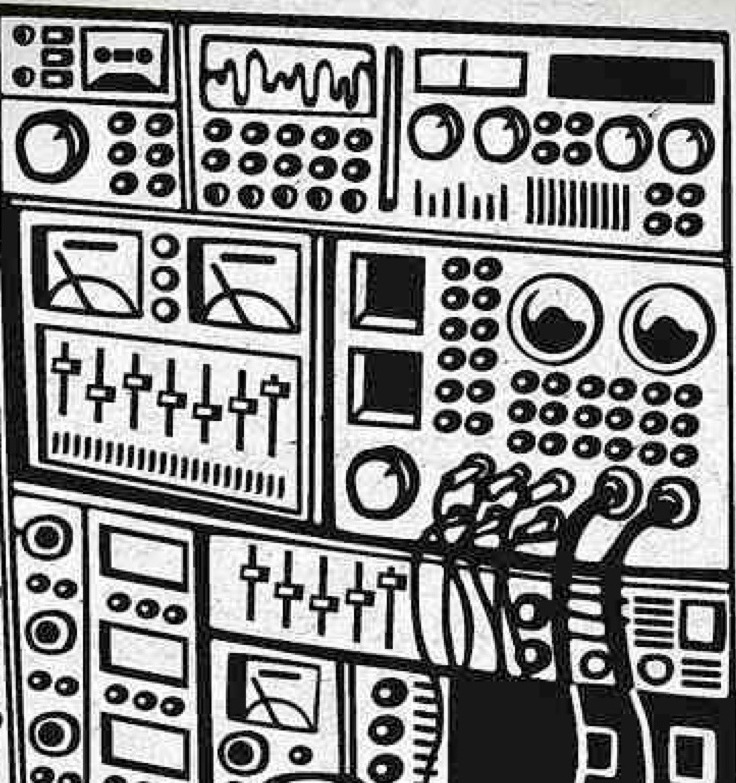
|
The Recording Process
by Larry Seiler
From time to time I am asked a question like, “What does the recording process involve?” or “What should we expect in the recording studio?” The following article is designed to help answer such questions. As with most procedures, there is no one right way to carry out this process. So as I proceed through the following paragraphs, I will cover typical scenarios and mention others when appropriate. [Note: Click on highlighted words to go to their definition in our glossary.]
Preproduction is basically everything that takes place before entering the studio. From an administrative viewpoint this may include hiring a producer. Most of the time the producer is responsible for hiring a recording studio and engineer and lining up session musicians, if needed. Sometimes a producer is used only to help with tracking and mixing. If you will be producing your own CD, then these jobs will be handled by you or a designated member of your band. Acquiring funding or lining up financial backers may be part of your preproduction process. If you will need specialized equipment, such as a special microphone or guitar, then arrangement to buy or rent such equipment should made during this time. Someone needs to make arrangement to acquire new strings, drum heads, and other items that will be needed during the tracking session.
There are probably as many ways to record a project as there are recording engineers. One choice is to record everything live. That is, each instrumentalist and vocalists is recorded at the same time with each instrument/voice being recorded on separate tracks. The advantage is that you tend to get more spontaneity when everyone is playing together. However, there are a number of disadvantages. You have to contend with bleed, which can create significant problems when it comes time to mix these tracks. You can overcome some of the bleed by isolating each performer in separate rooms. There will still be bleed between the instrument and vocal mikes if the vocalist is playing an instrument. Once you isolate each performer, you tend to lose some of the spontaneity. Another problem with live recordings is that punching in can be more difficult. Sometimes the only way to fix an error is to rerecord the song until you get it right.
Probably the more common way of tracking today is by using overdubs. Typically a scratch track is recorded. This can be anything from the vocalist and his or her guitar to the whole band. The scratch track is commonly recorded using a click track. Choosing the correct tempo and timing is important at this stage as it will be basis for all the overdubs. Once a good scratch track has been laid down, each person comes in and overdubs his part. Usually drums and bass are tracked first, followed by each of the remaining instruments. The vocal is usually tracked last, so that the vocalist has the whole arrangement to sing over.
Once the all the overdubs have been completed, the tracks are edited. This is when things get fixed, and many things may need fixing. For example, this is when you remove all unwanted sounds and noises. From snap, crackle, and pops to lip smacks, coughs, and heavy breathing, any undesired sound should be edited out. In the digital age, this is much easier to do than it was with analog tape. There are a number of ways of removing such noises. You can simply highlight the noise and erase it or you can use automation to drop the level or mute the signal when the noise is present.
Mixing is the art of combining the various multitracks into a pleasant sounding stereo track. (The meaning of the term pleasant here is in the ear of the beholder.) Although we list this as a separate phase, it is not uncommon for many engineers to be mixing while still in the tracking stage. The goal during mixing is to not only to get all the various instruments to blend together, but for each to contribute to the overall sound without drowning out or masking other instruments. This process is accomplished through a carefully selected blend of panning, EQing, compression, reverb, and delay.
The goal of mastering is to create a cohesive sounding album. Levels and tones are adjusted so that the sound of all the songs on the album match one another. Within each song a variety of tools are used to improve the sound and give it that extra “punch.” These tools include multi-band compression and equalization, among others. Finally the songs are placed in the order they will appear on the album and proper spacing is placed between the songs. The mastering engineer will also insert text such as artist and title into each song. If desired he or she can add IRSC codes. Mastering can be done in the original recording studio or in a specialized mastering studio. For a discussion of making this choice, visit our FAQ page.
The final step in the creation of a CD used to be replication, the process of making many copies of a CD using a stamping process. However, for many artists making thousands of copies of a CD is too expensive. I also have heard stories of garages full of unsold CDs. For smaller quantities the alternative for many is duplication, the process of reproducing CDs using CD-Rs, the same way you would copy a CD in your home computer. While duplication may fit the budget (and storage requirements) of many artists, care must be exercised when choosing a vendor for this process. We have found that some vendors are using inferior blank CDs for duplication. |


